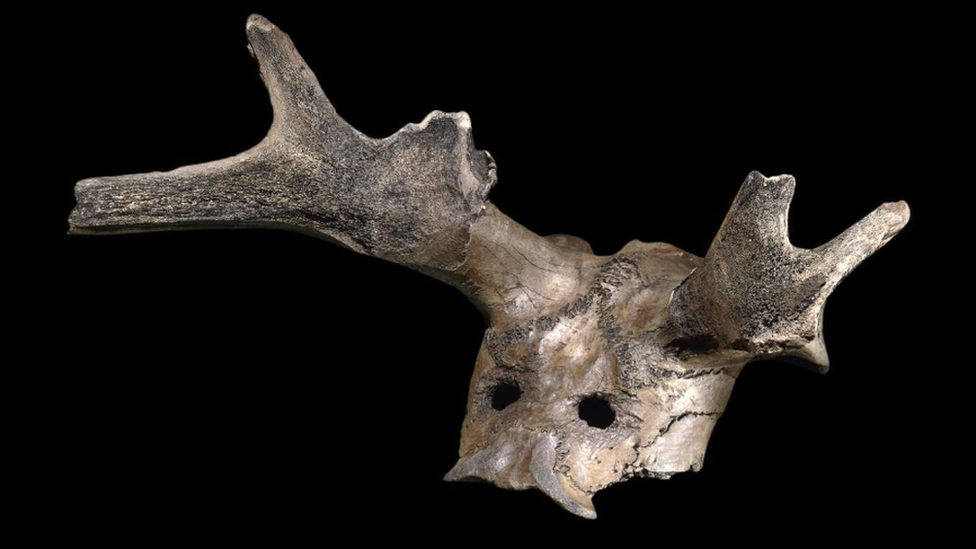Archaeologists find 'unprecedented' Iron Age hoard
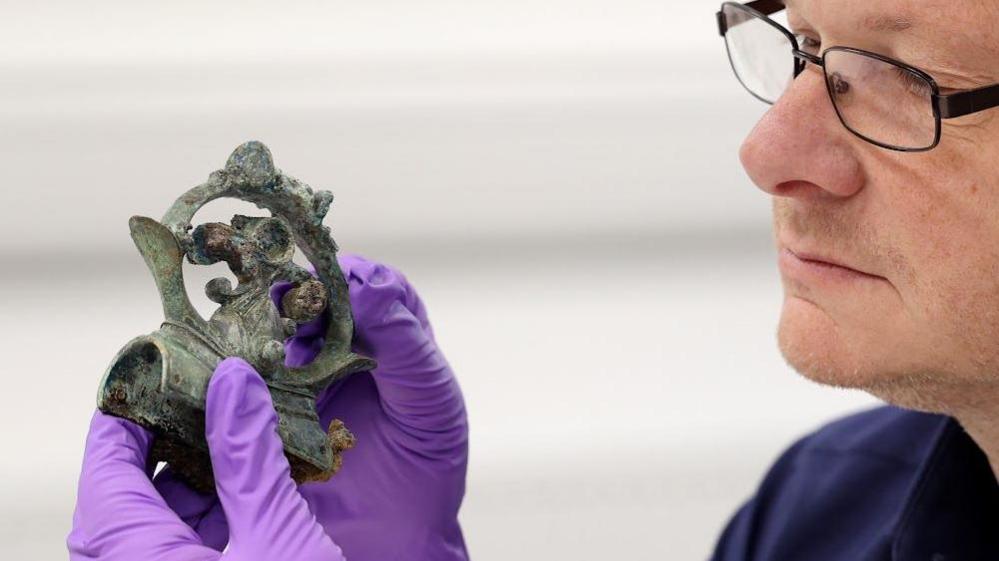
Tom Moore, head of the department of archaeology at Durham University said the size and scale of the hoard is "exceptional"
- Published
Archaeologists have helped uncover one of the "largest and most important" Iron Age finds in the UK.
The Melsonby Hoard was discovered in a field near Melsonby, North Yorkshire, by metal detectorist Peter Heads and excavated with the help of Durham University.
It includes more than 800 items, including two cauldrons or vessels, horse harness, bridle bits, ceremonial spears and 28 iron tyres, believed to have been buried about 2,000 years ago.
Historians believe the "unprecedented" find could lead to a "major re-evaluation" of the wealth and status of the elite living in northern Britain at the time.
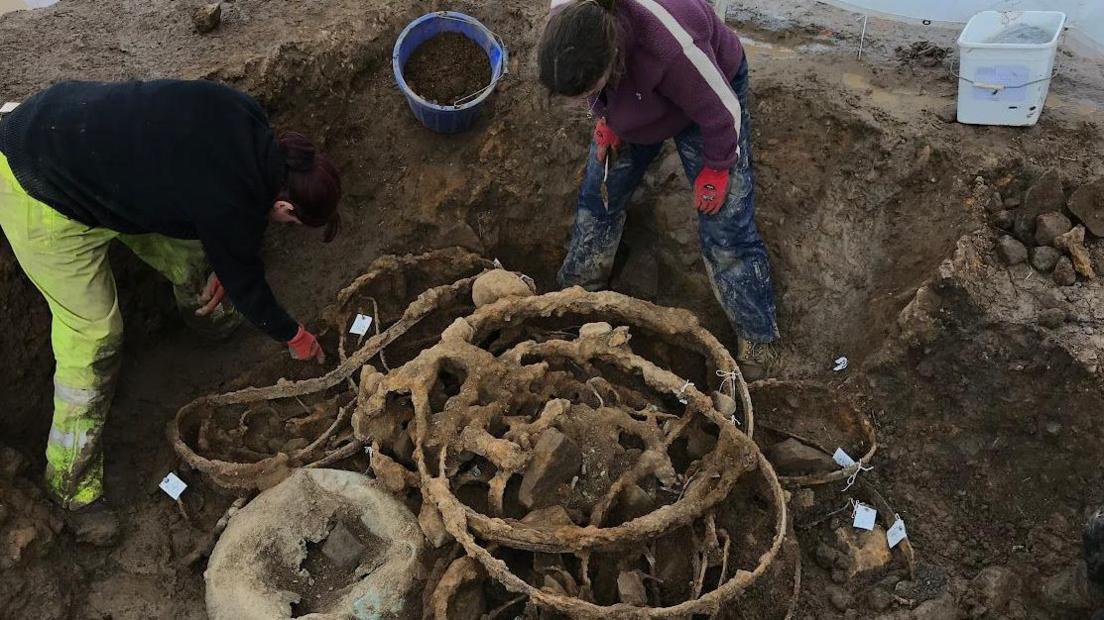
The site was discovered in December 2021 by metal detectorist Peter Heads
After the initial discovery was reported to the authorities in December 2021, the site was excavated in 2022, with the support of the British Museum and a £120,000 grant from Historic England.
Early analysis of the hoard, released on Tuesday, suggests a lot of the items had been purposefully burnt or broken before being buried as a show of power and wealth.
Tom Moore, head of the department of archaeology at Durham University, said the size and scale of the find was "exceptional for Britain and probably even Europe".
He said the hoard showed there was more wealth in the north of England at the time than previously thought.
"Whoever originally owned the material in this hoard was probably a part of a network of elites across Britain, into Europe and even the Roman world," he said.
"The destruction of so many high-status objects, evident in this hoard, is also of a scale rarely seen in Iron Age Britain and demonstrates that the elites of northern Britain were just as powerful as their southern counterparts."
It is thought the objects may have been burnt on a funerary pyre before being buried, though no human remains were found.
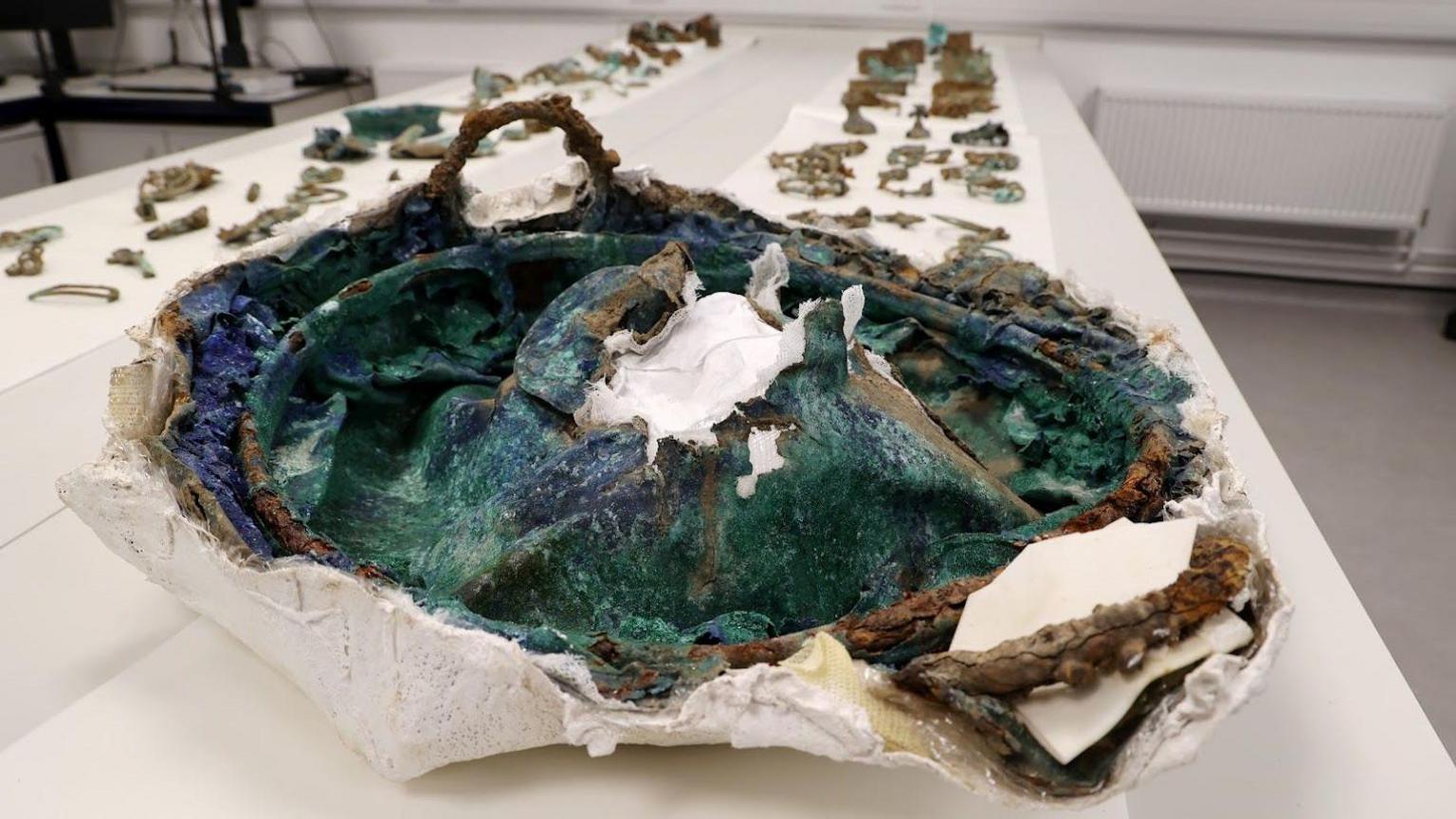
A cauldron was found buried upside down with a large stone crushing the centre inwards
Analysis: Danny Savage, BBC News
In the archaeology labs at Durham University there's a real buzz about the unveiling of the Melsonby Hoard. Curators feel this is the discovery of a lifetime.
Hundreds of recovered artefacts are spread out in a climate controlled room on long tables.
You have to use your imagination a bit, Iron Age artefacts from 2,000 years ago have rusted or faded and are far from their original glory. Some of them were decorated with coral which has bleached over the centuries.
But it's the story they tell that's extraordinary.
Iron Age experts now have evidence that people 2,000 years ago had four wheel wagons as well as two wheel chariots.
They now have proof that Iron Age residents of northern England had trading connections with the continent and the growing Roman Empire.
This will keep experts busy for years.
There's also a bit of secrecy too. The exact location of the discovery is not being revealed over concern that rogue treasure hunters will turn up at night and start looking for other artefacts.
History is valuable - to different people in different ways.
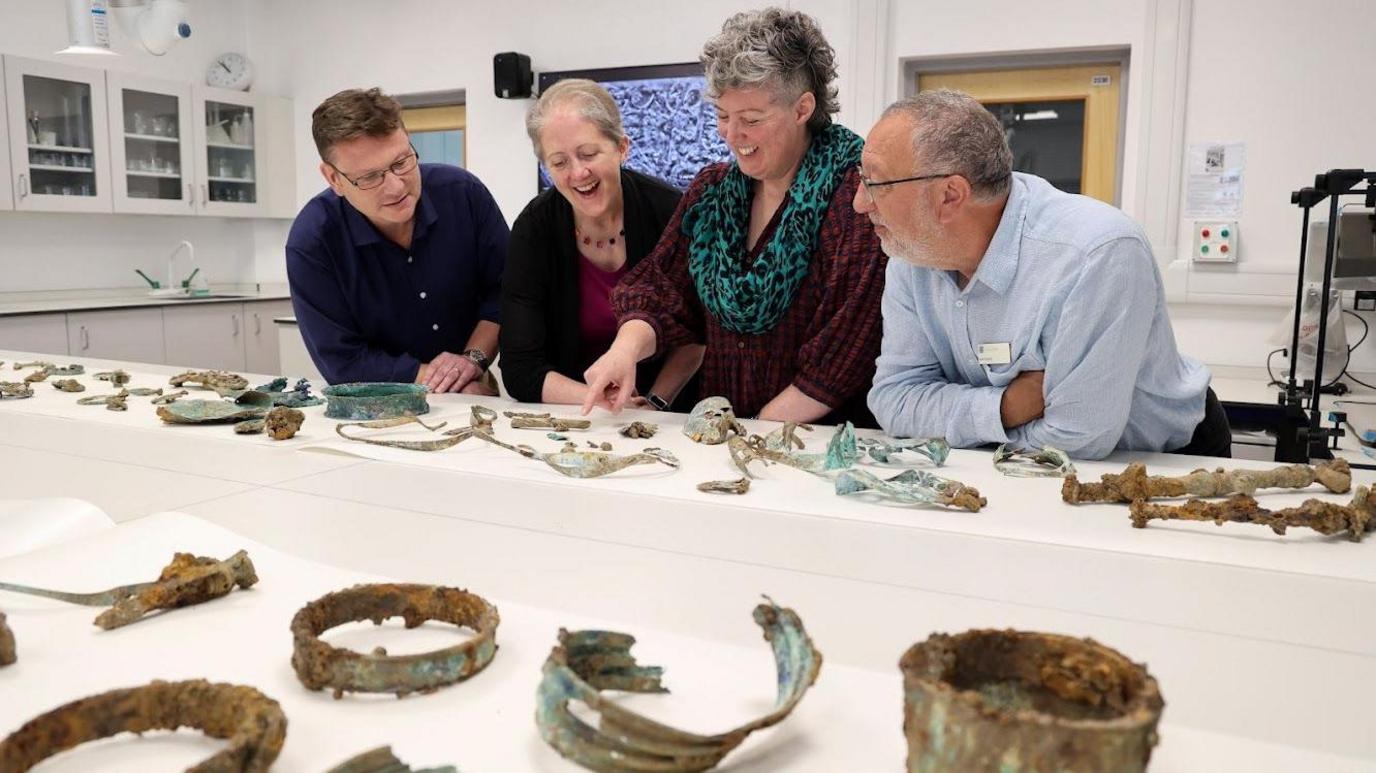
Experts from Durham University, The British Museum and Historic England were involved in the dig
Among the items uncovered were the partial remains of more than seven four-wheeled wagons and/or two-wheeled chariots, including elaborate harnesses for at least 14 ponies, some which were adorned with red, Mediterranean coral and coloured glass, and 28 iron tyres from horse-drawn vehicles, some of which had been intentionally bent out of shape.
They also found three ceremonial spears and two ornate cauldrons or vessels, one that was decorated in both Mediterranean and Iron Age styles and probably used as a wine mixing bowl.
Some of the objects found were most closely related to others found in continental Europe, suggesting people shared technologies over this distance.
The objects were identified using scanning technology at the University of Southampton, which helped the archaeologists figure out how to excavate the objects without causing damage.
Duncan Wilson, chief executive of Historic England, said: "This is one of the most important and exciting Iron Age period discoveries made in the UK.
"It sheds new light on Iron Age life in the north and Britain, but it also demonstrates connections with Europe."
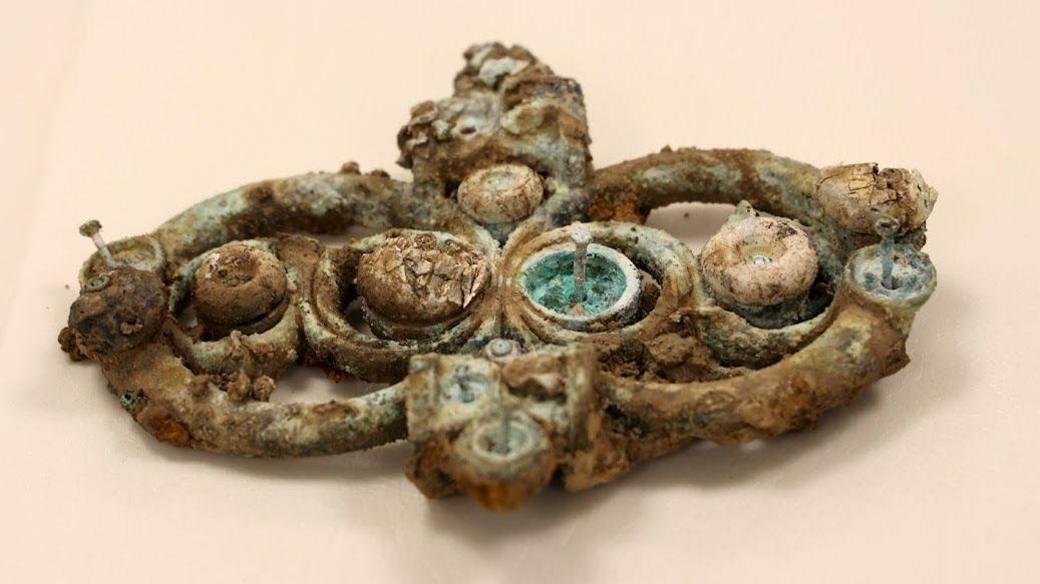
A copper alloy harness fitting decorated with coral, and held in place with tiny rivets, was among the items discovered
The Yorkshire Museum has launched a fundraising campaign to secure the hoard for its collections.
Andrew Woods, senior curator at the museum said: "This Iron Age hoard is an unprecedented find in the north, which will help us to understand more about this remarkable period in our history.
"We have the exciting opportunity to save the hoard for the nation and the people of Yorkshire.
"By acquiring the hoard, we will be able to make it accessible to everyone and, working in partnership with others, we can learn more about this fascinating period, why the hoard was buried, how the objects may have been used and to cast light on to whom it may have belonged."
A selection of objects from the hoard will be on display at the Yorkshire Museum from 25 March 2025.
Listen to highlights from North Yorkshire on BBC Sounds, catch up with the latest episode of Look North.
Get in touch
Tell us which stories we should cover in Yorkshire

Sign up here to receive our weekly newsletter highlighting uplifting stories and remarkable people from around the world.
More stories like this
- Published23 March
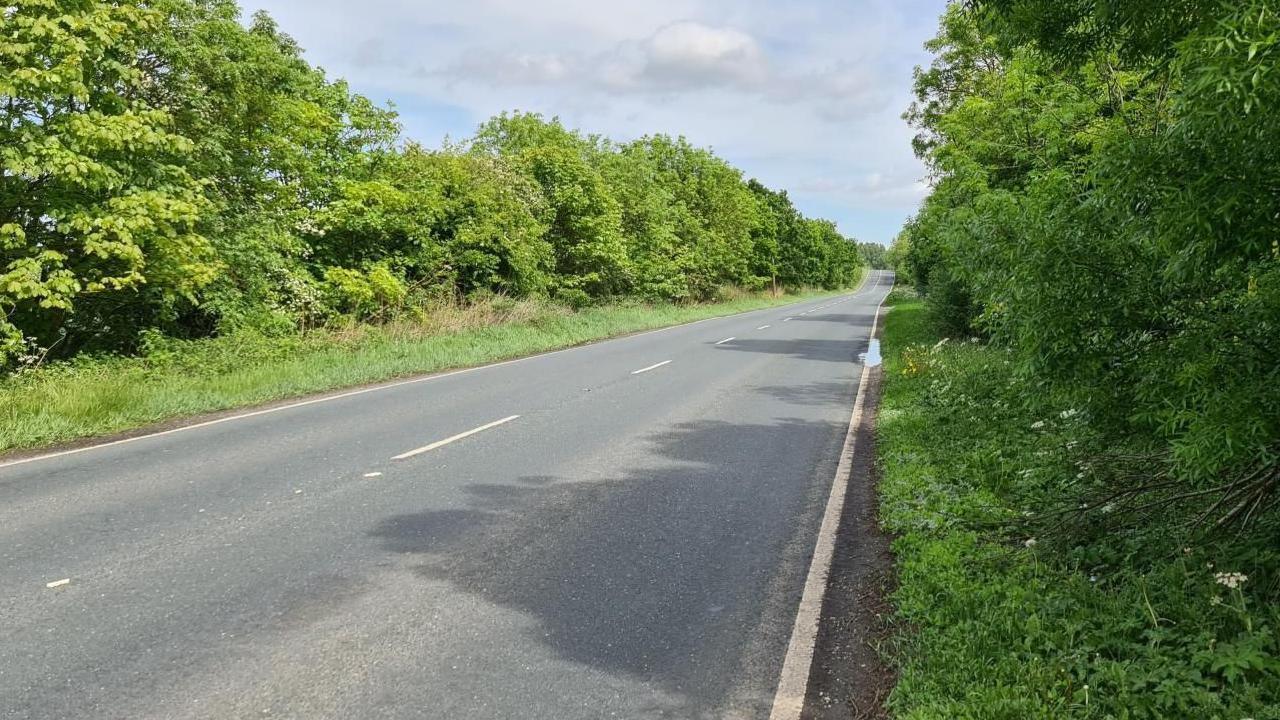
- Published22 March
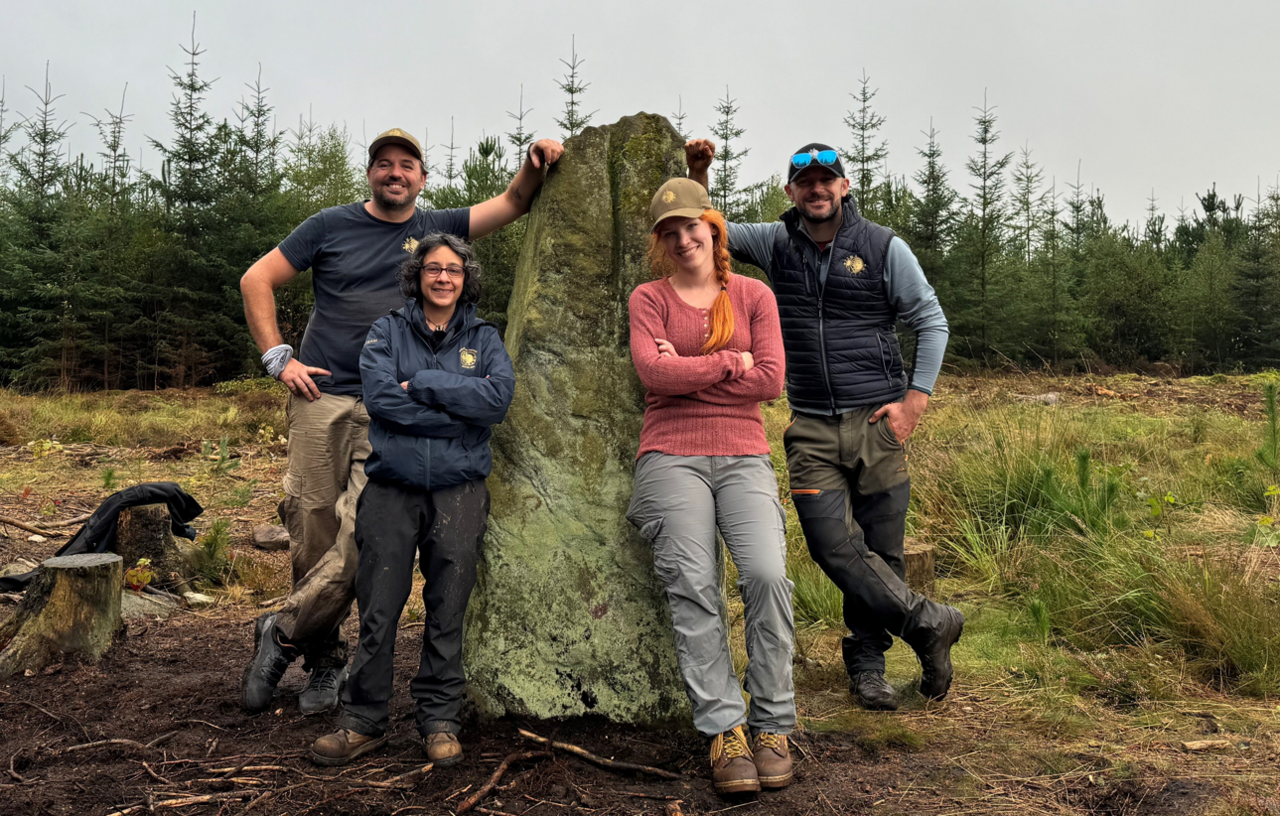
- Published9 March
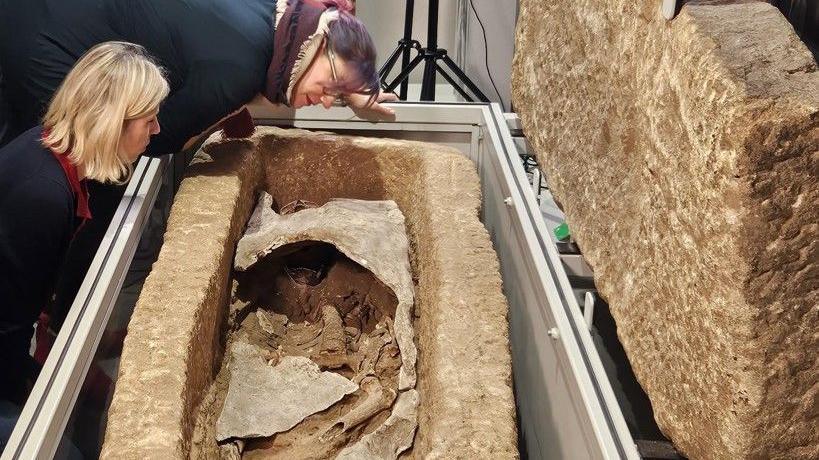
- Published15 August 2020
